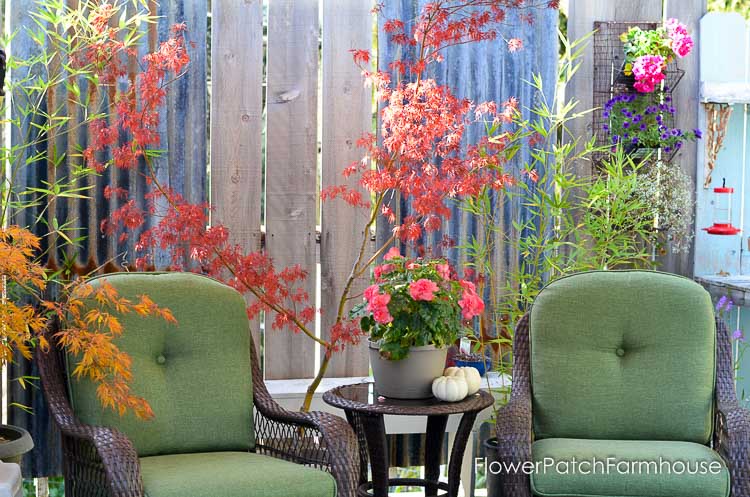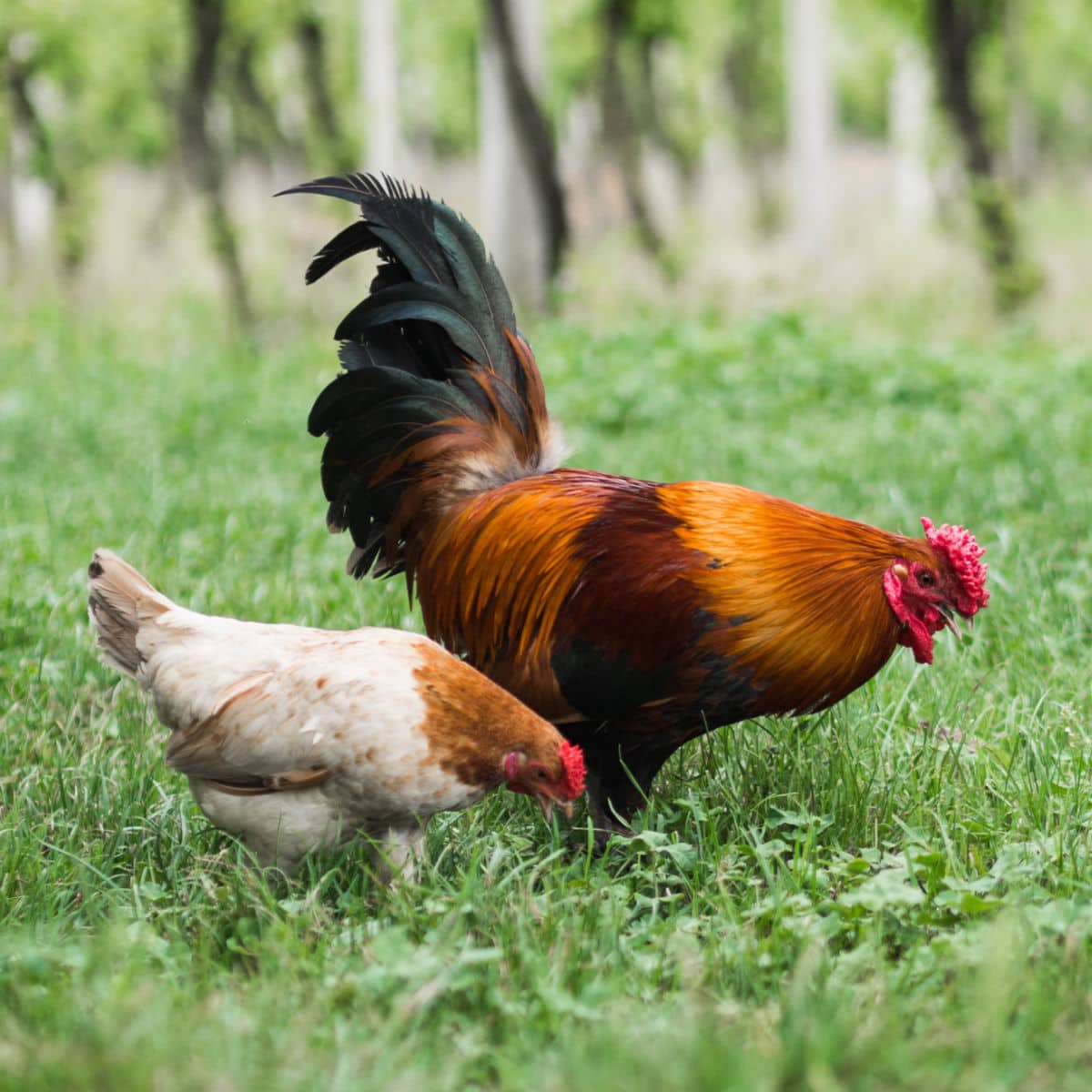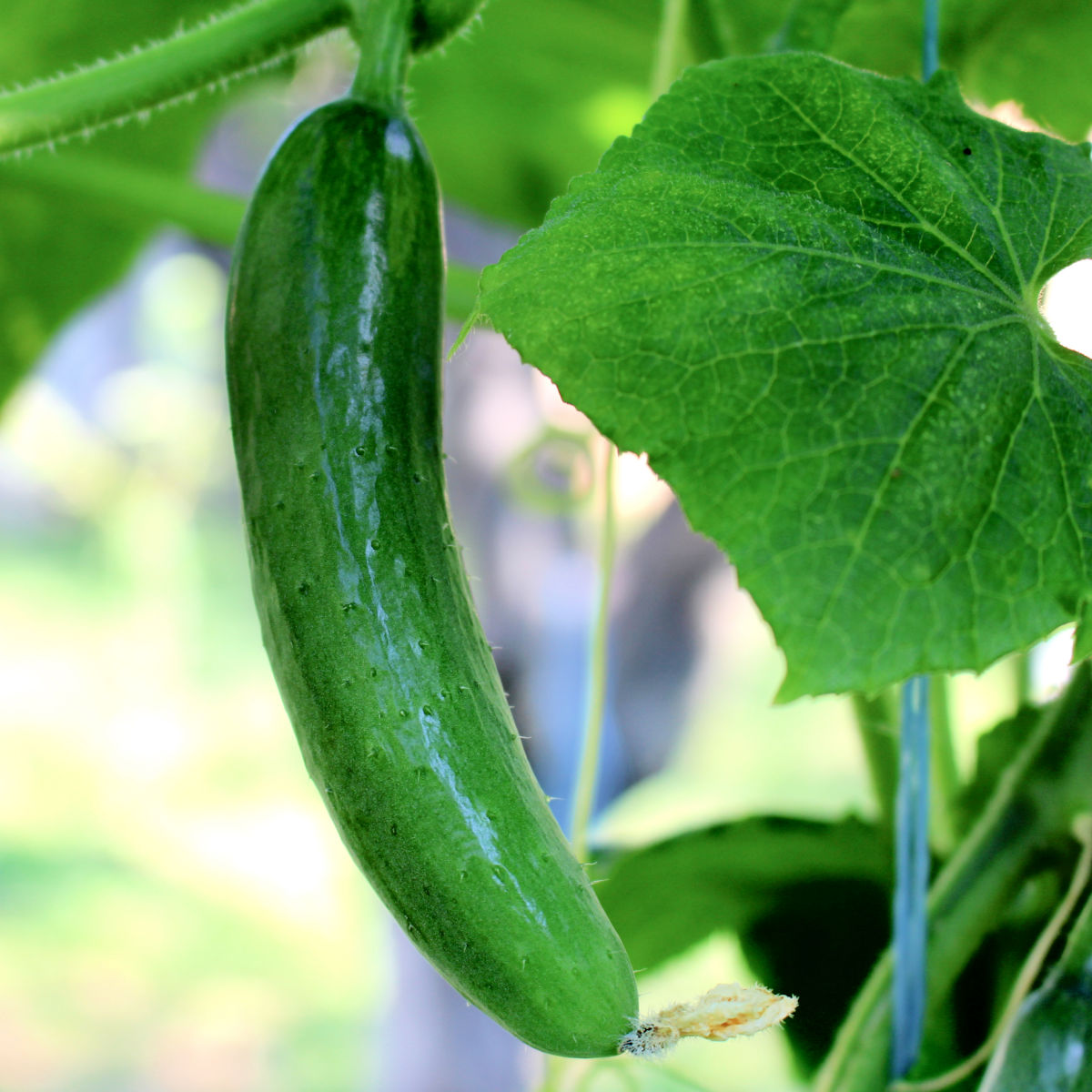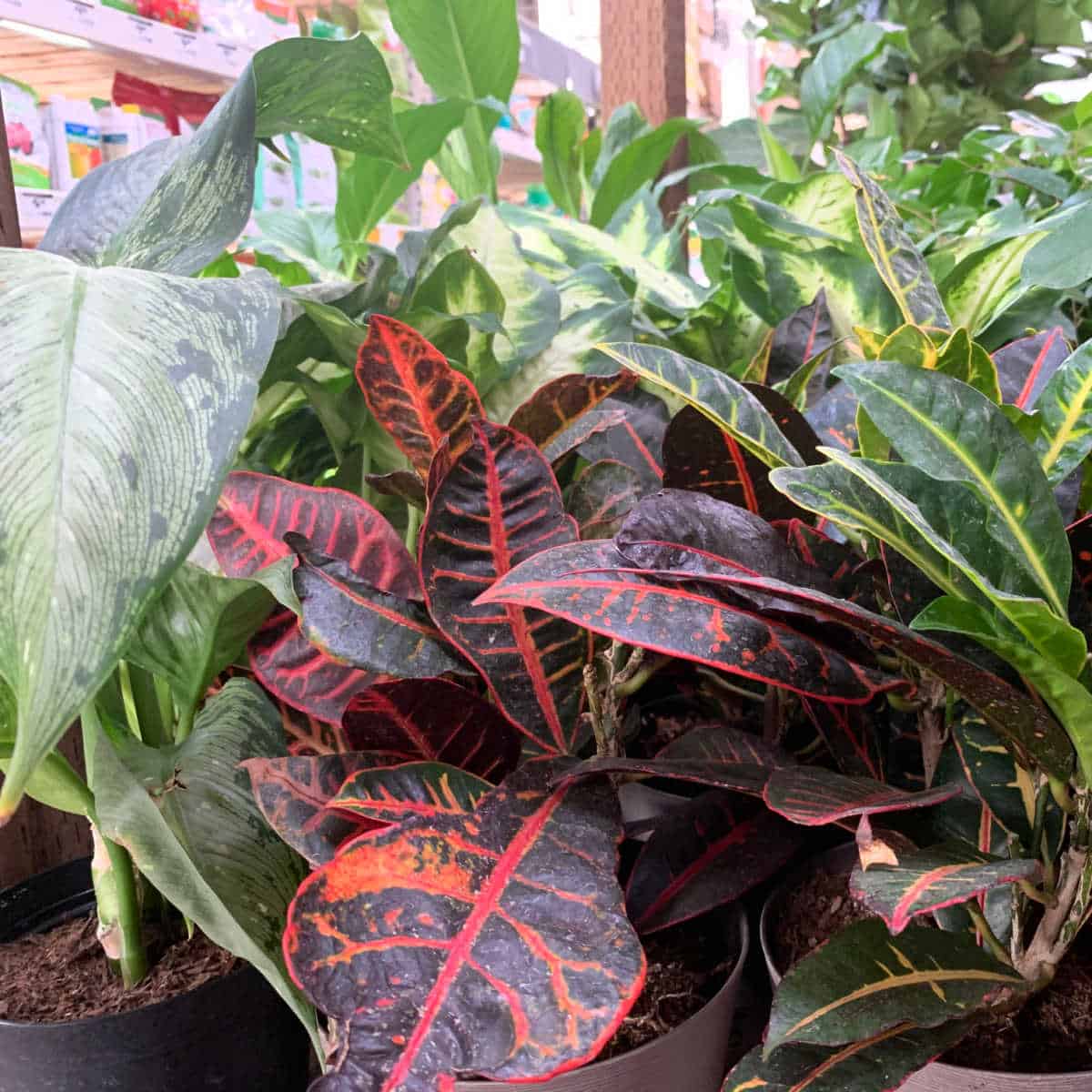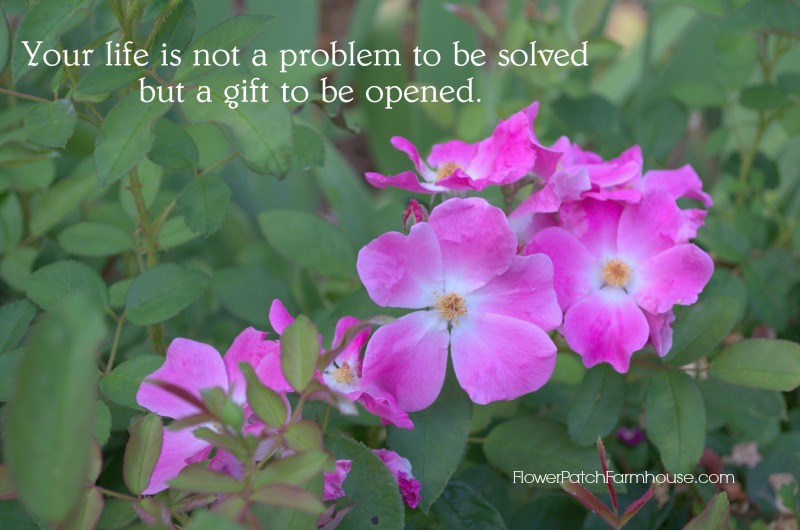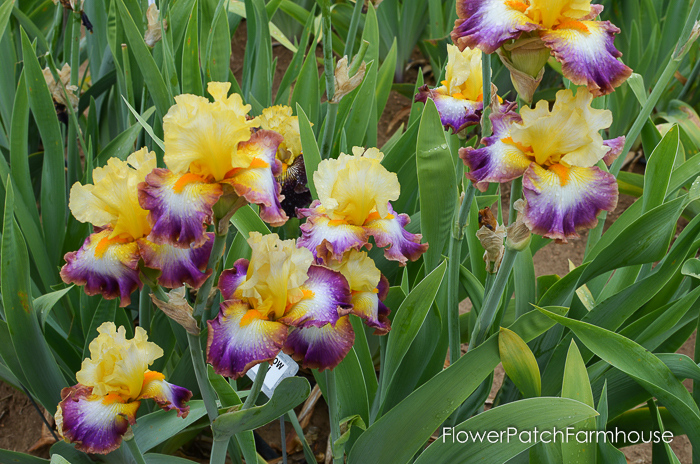What You Need to Know about Garden Zones! This is Important.
Can you garden by zone? You could but it would not be in your best interest to do so. I explain why and what you really should rely on when gardening.
Gardening zones are a guideline many rely on but there is so much more you need to know and consider when gardening. For example, I am in California and the USDA zoning map does not give me all the information I need to succeed with plants. I share why you may not want to rely on garden zones as well.
If you read to the end you will find what the USDA zone map now says about my area and how incorrect it is!
What you will learn:
- What are garden zones
- Why you should not rely on your Garden Zone
- Growing season – what is it and why is it important
- How to use garden zone and growing season knowledge
What are Growing Zones
Garden zones are information on the average low temperatures in your area. Here is the blurb from the USDA:
The USDA Plant Hardiness Zone Map is the standard by which gardeners and growers can determine which plants are most likely to thrive at a location. The map is based on the average annual minimum winter temperature, divided into 10-degree F zones.
You do need to understand your garden zone when you choose shrubs, trees, and many other perennial plants you want to thrive in your garden.
Why you Should Not Rely on Garden Zones
Hardiness zones are based on the average annual extreme minimum temperature during a 30-year period in the past. This is not the lowest temperature that has ever occurred in the past or might occur in the future.
Also, although the USDA Zone map is drawn in the most detailed scale to date, there can still be microclimates that will not show up on the map.
In the western states the USDA Zone map is especially way off the mark for the timing of planting.
Why? Because of the topography of the mountain ranges and the influence of the Pacific Ocean. That is why Sunset came up with its own zoning maps that take into account the variations and microclimates.
Microclimates are fine-scale climate variations. They can be small heat islands—such as those caused by blacktop, large stones, and concrete. Or cool spots caused by small hills and valleys. Individual gardens also may have very localized microclimates.
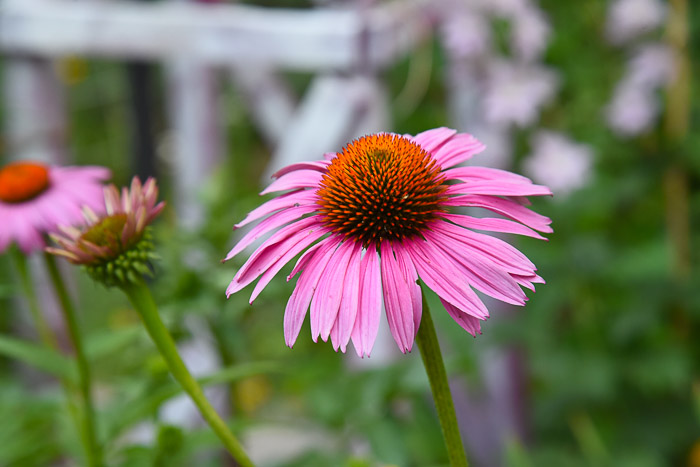
Your entire property could be somewhat warmer or cooler than your surrounding neighbors because it is sheltered or exposed. This can be a protected area in front of a south-facing wall or a low spot where cold air sinks and pools.
You also could have areas within your garden that are warmer or cooler than the general zone for your area or for the rest of your yard.
No hardiness zone map can take the place of the detailed knowledge that gardeners pick up about their own gardens through hands-on experience.
Another factor to consider is unusual weather patterns that can occur. Many plants gradually acquire cold hardiness in the fall when they experience shorter days and cooler temperatures. This hardiness is normally lost gradually in late winter as temperatures warm and days become longer.
A bout of extremely cold weather early in the Fall may injure plants even though the temperatures may not reach the average lowest temperature for your zone.
Example
I experienced this one year when we were having an exceptionally warm Fall, then overnight the temperatures dropped below freezing. My roses had not entered dormancy or hardened off because of the warmer temps we had been enjoying.
Though they had grown in my garden for years, I lost many of my roses due to that freak freeze. They died right to the ground. (since then I try to grow only “own” root roses so if this were to occur again they would come back from the roots)
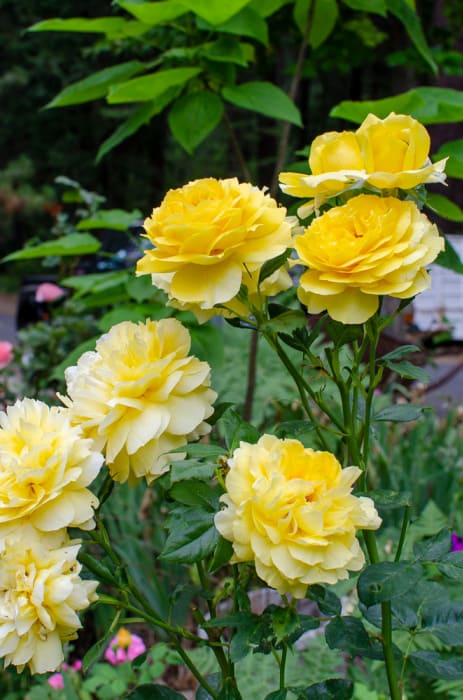
Exceptionally warm weather in midwinter, early Spring, followed by a sharp change to cold weather may cause injury to plants as well. Such factors are not taken into account in the USDA Zoning map. This is why most gardeners are avid weather watchers.
All Zone maps are just guides. They are based on the average lowest temperatures, not the lowest ever. Gardeners need to keep that in mind and understand that past weather records cannot be a guarantee for future variation in weather.
What Garden Zones Don’t tell you
This is the main point of this discussion, Garden zones do not determine your growing season. It does not tell you when you can safely plant out in your garden in Spring nor does it tell you how long your growing season is.
I get this question a lot: “I am in zone 6, can I plant “this plant” (insert any plant name) in my garden now?”
The simple answer would be “I don’t know” because there is too little information, the Zone tells me nothing about the conditions in their garden.
Example: According to the USDA garden zone map I am in Zone 8 yet I have friends that live 10 miles up the mountain from me that are in the same zone but they are in a colder region temperature-wise.
And I have friends that live just 6 miles down the mountain from me that are at least 10 degrees warmer than I in both winter and summer yet they are considered the same zone. So we cannot rely on the zone for when it is safe to plant out in Spring.
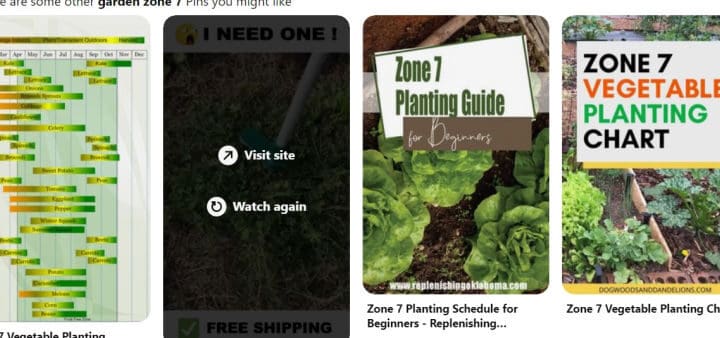
Please do not fall for the misleading Pinterest Pins that claim “What to Plant in May in Zone 8” or other such titles. For more Pinterest garden advice you should ignore you can read this article: Garden Myths and Misinformation on Pinterest
What is important?
Growing season – What is it and Why it is important
Your growing season is a better barometer for when you can start planting and growing out in your garden. Why? Because it goes by your average last frost date and average first frost date. Those two dates will tell you when you can plant certain crops and flowers.
It will also help you determine when to prune certain shrubs and trees. And when to stop feeding plants so they can start to enter dormancy.
But always keep in mind, we have odd years. Sometimes we will get an extraordinary Spring and no late freezes (rare but it does happen) and others when we will get snow in late May.
Where I am at it sounds like we live in a warm zone (Zone 8) and I would have a longer growing season yet our last frost date is the 3rd weekend in May.
Some gardeners I know, are in Zones 5, 6 and 7 in other parts of the country, and they have an average last frost date in Mid-April.
If you don’t know your average last frost date then ask a gardening neighbor or a nearby nursery. Any local experienced gardener should be able to tell you.
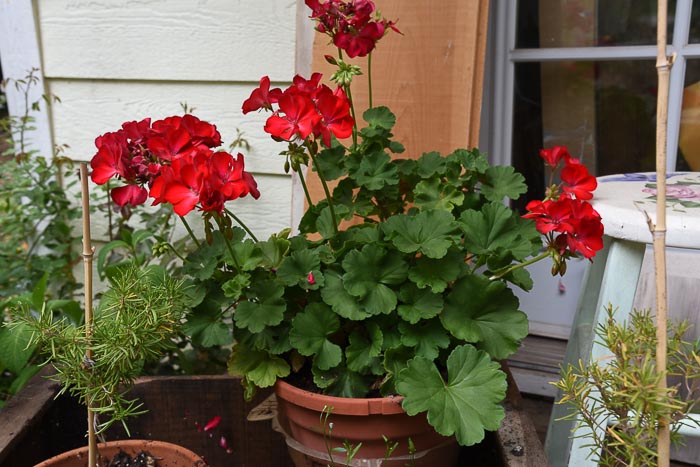
Other Factors to Consider
The concern with the USDA zones is that they are based only on average annual minimum temperatures. It does not take into consideration other factors which significantly impact your gardening.
These factors include wind, day-length, rainfall, maximum temperature, soil type, soil moisture, humidity, pollution, snow, frost, and winter sunshine. All of which can greatly affect the survival of plants.
The result is that large geographic areas of the US may be grouped together into a single USDA zone when, in fact, they actually have significantly different growing conditions. For example, while few would consider Seattle, Washington, and Dallas, Texas, as having similar climates and gardening conditions, both are in USDA Hardiness Zone 8.
How to use Garden Zone and Growing Season knowledge
To sum up…Garden zone information helps you to determine what perennials, shrubs, and trees are may to survive in your garden. Most will have the zone range listed on the label. Many will include the Sunset zone as well.
When planting perennials in containers aim for plants that survive two zones lower than your garden zone. Example: Plant B is listed for zones 5-9, you are in zone 7.
Since Plant B is listed as surviving in Zone 5 you can safely expect it to survive in a container for you. If Plant B was listed for Zones 7-9 you would be taking a big chance on it not surviving your winters.
Planting in the ground provides more insulation for the root system of any plant thus making it able to survive at a lower temperature.
Growing season tells you how many days you have for annual crops and when in Spring it is typically safe to plant out your cold-sensitive plants. When it draws closer to Fall knowing your average first frost dates helps you understand when you can put in cool weather crops, transplant many perennials, trees or shrubs, and other garden chores.
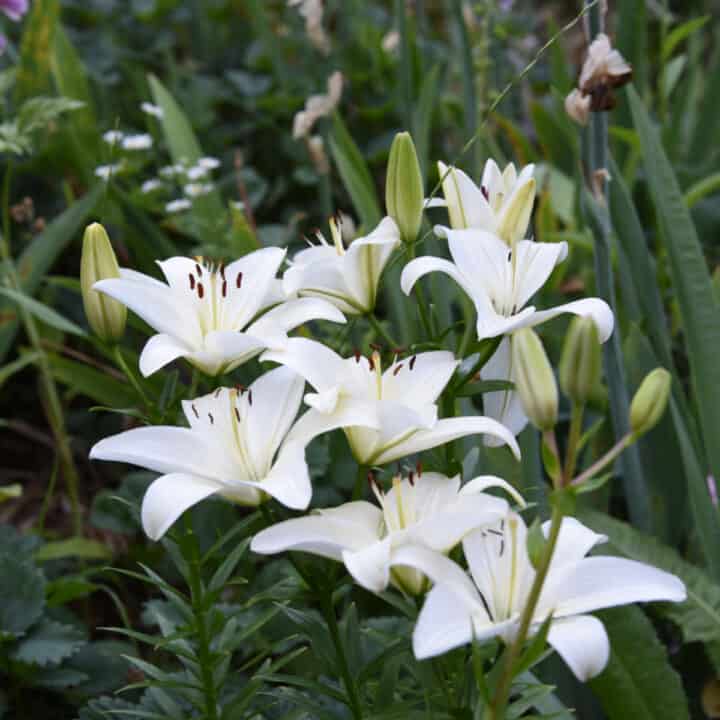
I wish you happy, successful gardening!
Now for the update of the map in 2023. Well, to say it has completely missed the mark for my area is an understatement. The update has me as a Zone 6b instead of 8a, which is completely wrong.
Our average lows are nowhere as cold as they claim. Now this can be they have added some weather stations recording the temperatures and placed a new station at a higher elevation than I live, but folks in that higher elevation have the same zip code as I do. So the information is skewed.
That is why I keep emphasizing getting to know your own growing climate and temperatures and NOT to rely on this zoning map.
Did you know that gardeners in Europe do not have a zoning map at all? They don’t need it and neither do you. It only tells you your local low-temperature averages over the last 30 years. Not anything else. Do I sound like I am repeating myself here?
See the full video here, Enjoy!


